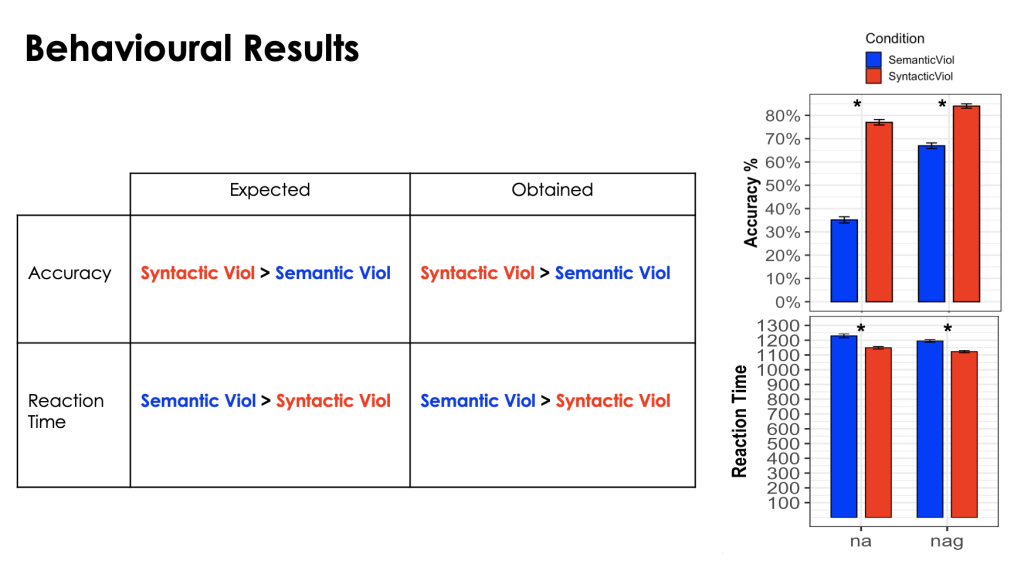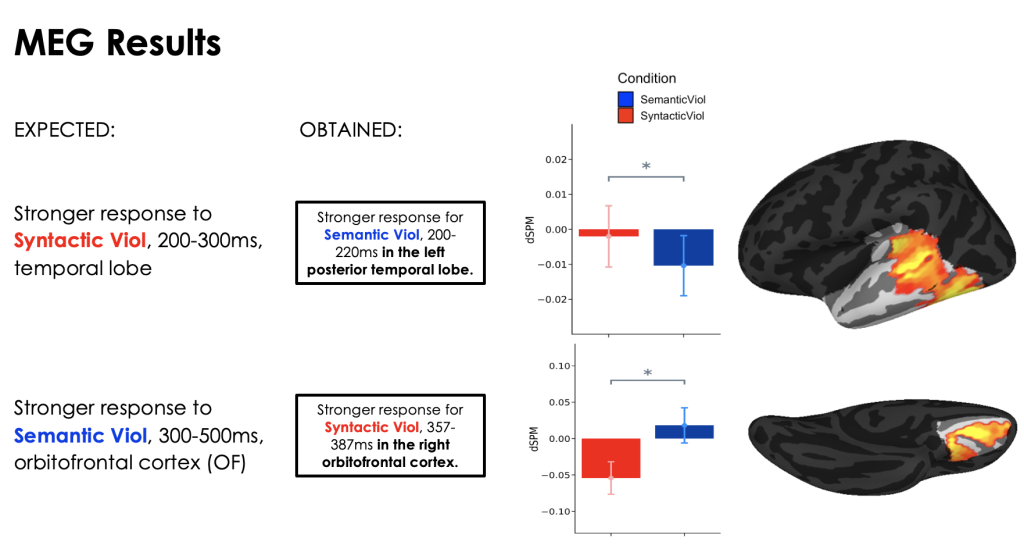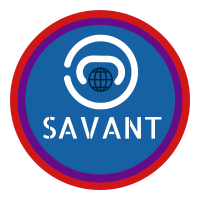Tagalog is an Austronesian/Malayo-Polynesian language from the Philippines that is spoken by 82 million people around the world. Tagalog, also known as Filipino, is the Philippines’ national language.

Tagalog stands out among previously studied languages in neuro- and psycho-linguistics due to its unique typological feature known as grammatical focus, or Austronesian alignment. This feature marks the semantic role of elements within a sentence. For instance, a verb with a single agent argument is marked with Agent voice, while a verb with a thematic relation like a participant is marked with Object/Patient voice. The language exhibits intricate inflectional and derivational systems, particularly in verbs. Verbs utilize various affixes, including infixes, circumfixes, suffixes, and prefixes, as well as reduplication. Verbs are further marked for focus and aspect, with perfective verbs distinguished by prefixes and infixes, and imperfective and contemplative verbs using reduplication and prefixes.
For example, the verb root “halo,” meaning “mix,” can be marked for Agent-focus perfective with the prefix “nag-” in “naghalo” (someone mixed), and for Agent-focus imperfective with the prefix “nag-” and partial reduplication in “naghahalo” (mixes). The same root may be marked for Object/Patient-focus + perfective with the infix “-in-” to create “hinalo” (it was mixed). Additionally, reduplication is employed to derive nouns from verbs, as seen in “halo-halo” (a mixed dessert).
Our Tagalog project is lead by Dr. Samantha Wray (Dartmouth College) and Dave Cayado (Queen Mary University of London). In our series of studies on Tagalog, we conducted experiments focusing on syntactic and semantic violations related to inflectional prefix attachment rules. These studies marked the first investigation into recomposition with a particular emphasis on inflectional morphology in Tagalog.

For the syntactic violation experiment, we examined the behavior of two prefixes, “na-” and “nag-,” both of which indicate agent voice and grammatically attach to verbal stems. However, they are incompatible with stems that are unambiguously nominal in nature. In the semantic violation experiment, we delved into the constraints of the same prefixes, “na-” and “nag-.” “Na-” prohibits an external argument and is suitable for unaccusative and transitive verbs but not purely unergative verbs. On the other hand, “nag-” requires an external argument and attaches to unergative and transitive verbs but is not compatible with purely unaccusative verbs (Nie, 2020).
In the behavioral data, we have confirmed the distinction between the processing of syntactic category and argument structure information during word formation in Tagalog. This research has helped establish a clearer picture of how these different linguistic features are processed and integrated in the language’s unique morphological system.

The MEG results have revealed intriguing findings related to syntactic category processing in Tagalog. Activation in the left posterior temporal lobe was observed, but surprisingly, this activation occurred earlier (at 200-220ms) than expected. Additionally, the activation pattern was reversed, with Syntactic Violations showing greater activation than Semantic Violations. This suggests that the processing of syntactic category information in Tagalog’s inflectional morphology might have distinct neural characteristics compared to other languages.

Furthermore, the MEG results shed light on semantic processing in Tagalog, showing late activation in the orbitofrontal cortex, confirming its role in handling argument structure processes. However, it’s noteworthy that this activation was found to be right lateralized, and again, the activation pattern was reversed, with Syntactic Violations showing less activation than Semantic Violations. This suggests a unique organization of semantic processing in Tagalog, potentially influencing how argument structure information is represented and processed in the brain.
For more information, check out our new paper Does linear position matter for morphological processing? Evidence from a Tagalog masked priming experiment.
